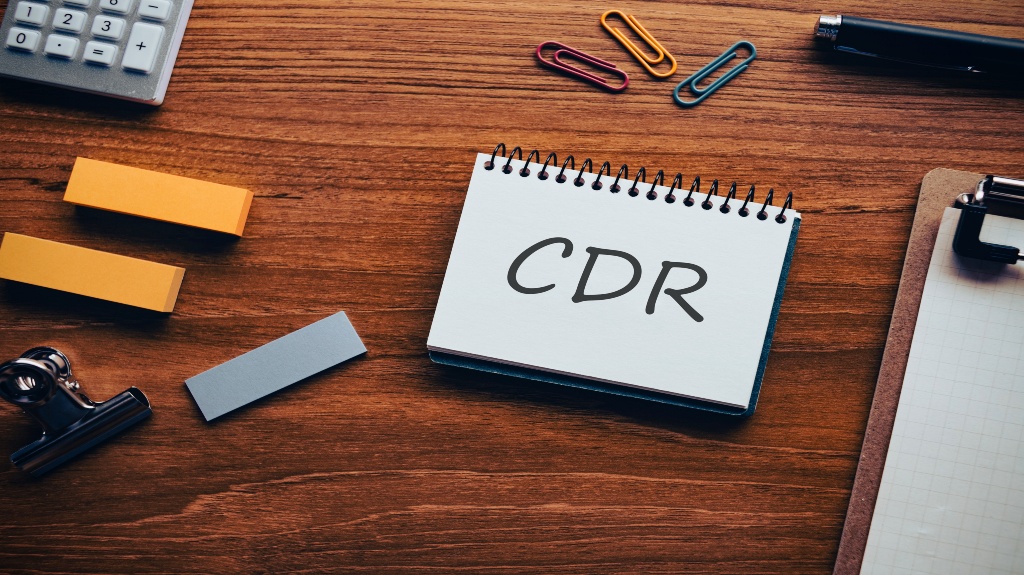
For certain individuals receiving SSDI payments, the Social Security Administration may routinely perform a Continuing Disability Review, also known as a CDR. A CDR is a review of an individual’s disability to determine if they still meet the requirements for disability benefits. This review is an important aspect of maintaining current SSDI payments. In this blog, we will be covering the purpose of CDRs, what to expect, and how to complete one, to give you a better understanding of how to protect your SSDI benefits.
Understanding CDRs
The main purpose of a CDR is to make sure that individuals receiving SSDI payments still meet the SSA’s definition of disability. This is typically only done in instances where the disability was a non-permanent disability.
There are two different types of CDRs that the SSA initiates:
- Medical Reviews: The purpose of medical reviews is to determine whether your medical condition has improved since you were approved for SSDI. The SSA evaluates your medical records and treatment history to determine if your condition still meets the definition of a disability.
- Work Activity Reviews: If you are receiving SSDI benefits and start working the SSA may conduct a work activity review. This type of review takes a look at whether your work activity exceeds the income threshold and if it shows an improvement in your ability to engage in substantial gainful activity.
Read More: What Do You Need From Your Doctor to Qualify for SSDI?
The frequency of your CDR depends on the severity and expected improvement of your disability:
- Medical Improvement Expected (MIE): If your condition is likely to improve, you will typically be reviewed every 6 to 18 months.
- Medical Improvement Possible (MIP): If your condition could improve but is less certain, you may be reviewed every 3 years.
- Medical Improvement Not Expected (MINE): If your condition is unlikely to improve, your reviews will occur roughly every 5 to 7 years.
Learn More: Do You Have to Have a Permanent Disability to Get SSDI?
Receiving a CDR Notice

You will receive a formal notice in the mail from the SSA when it is time for a CDR review, which will specify which type of review it will be (work activity or medical). It will also include documents that you will need to fill out such as the Disability Update Report or Continuing Disability Review Report, which will ask for updated information on your medical condition, treatments, doctors, and any work activity. Make sure to fill these out accurately and provide any new medical evidence. The SSA typically gives you 30 days to return the completed forms and supporting documents.
What Happens After the CDR
Once you have submitted your CDR, the SSA will review your case, which can take anywhere from three to five months. In some cases, they may reach out to you asking for more information in order to make a final decision. After a decision is made, you will receive another letter discussing your benefits.
Here are the two different types of decisions you might receive:
- Continued Benefits: If the SSA determines that your condition has not improved and you still meet the eligibility criteria, your SSDI benefits will continue as is.
- Termination of Benefits: If the SSA finds that your condition has improved to the point where you no longer meet the disability criteria, they may terminate your SSDI benefits. The notice will include the effective date of this decision.
If you do not agree with the decision the SSA made, you have the option to challenge it. You must request an appeal within 60 days of receiving the notice. The appeals process typically begins with a reconsideration of your case, followed by a hearing with an administrative law judge if necessary.
Get Legal Help Maintaining and Seeking Benefits
It can be stressful to face the possibility of your SSDI benefits being terminated, which is why It is important to understand the CDR process in order to maintain your SSDI benefits.
If you have any questions about SSDI or the CDR review process, do not hesitate to reach out to a professional. Tabak Law is here for you. We have decades of combined experience working with SSDI cases. We do not get paid unless we win and get your claim approved, and we only get paid from your back pay so there is no ongoing cost to you. You can reach out to us today online for a free case review.
Nothing posted on this website is intended, nor should be construed, as legal advice. Blog postings and site content are available for general education purposes only.
